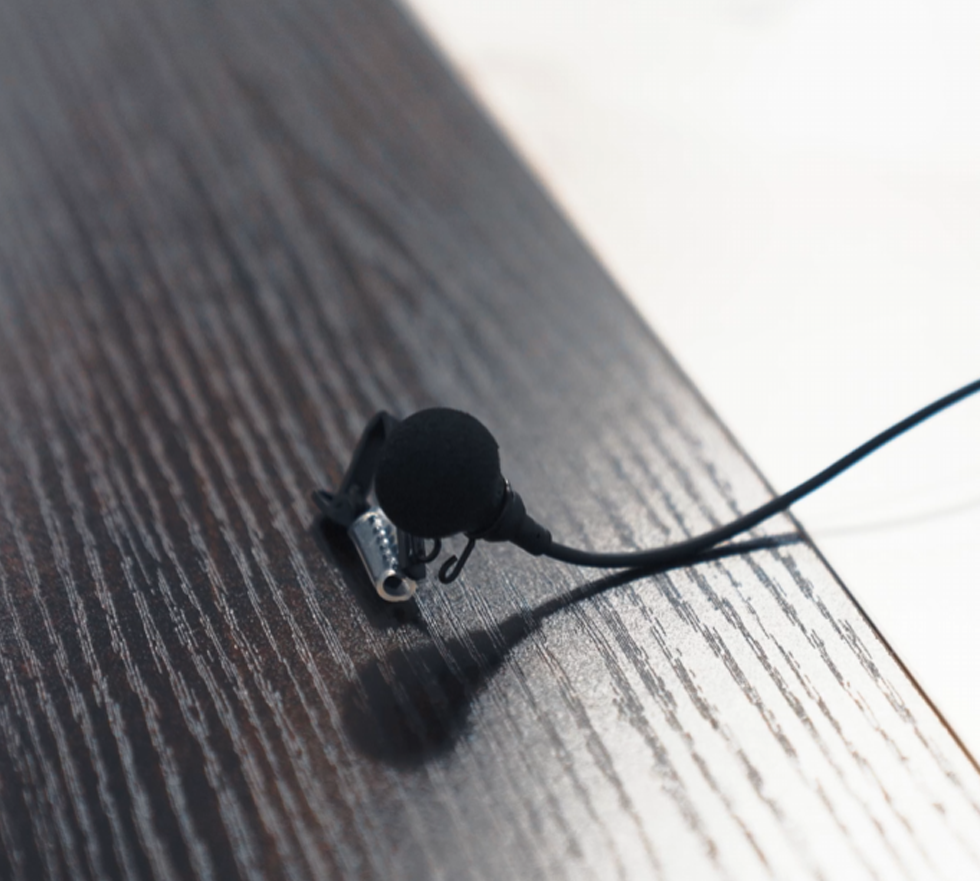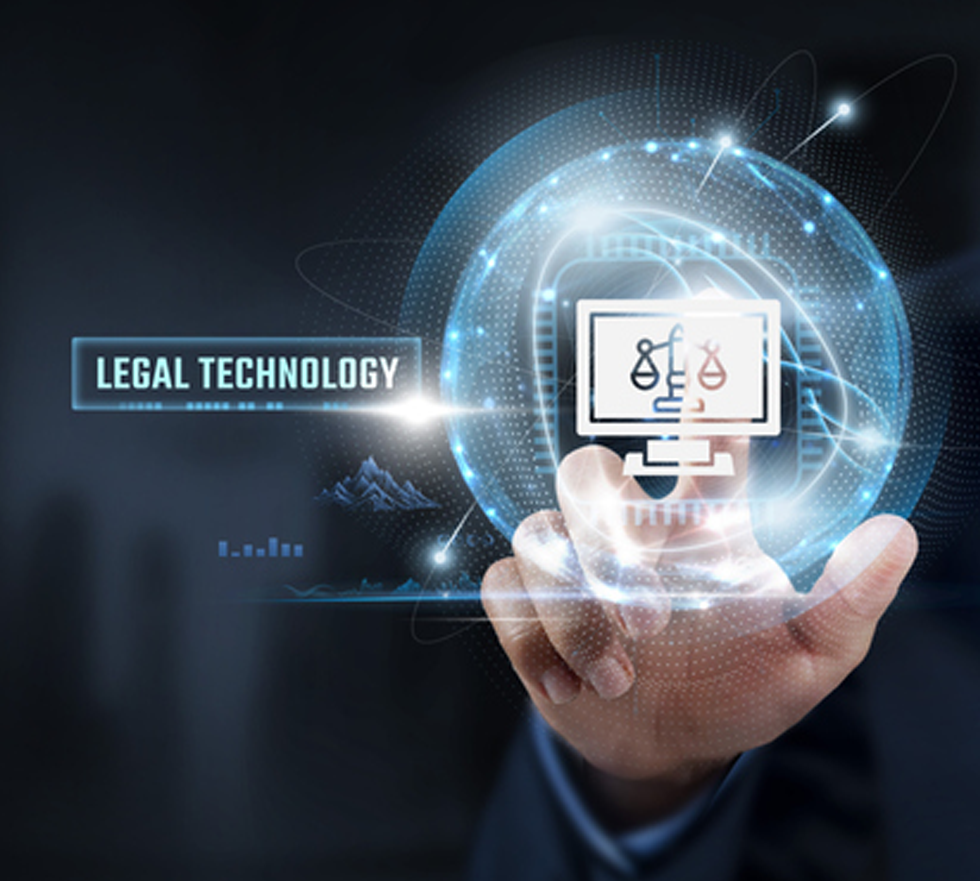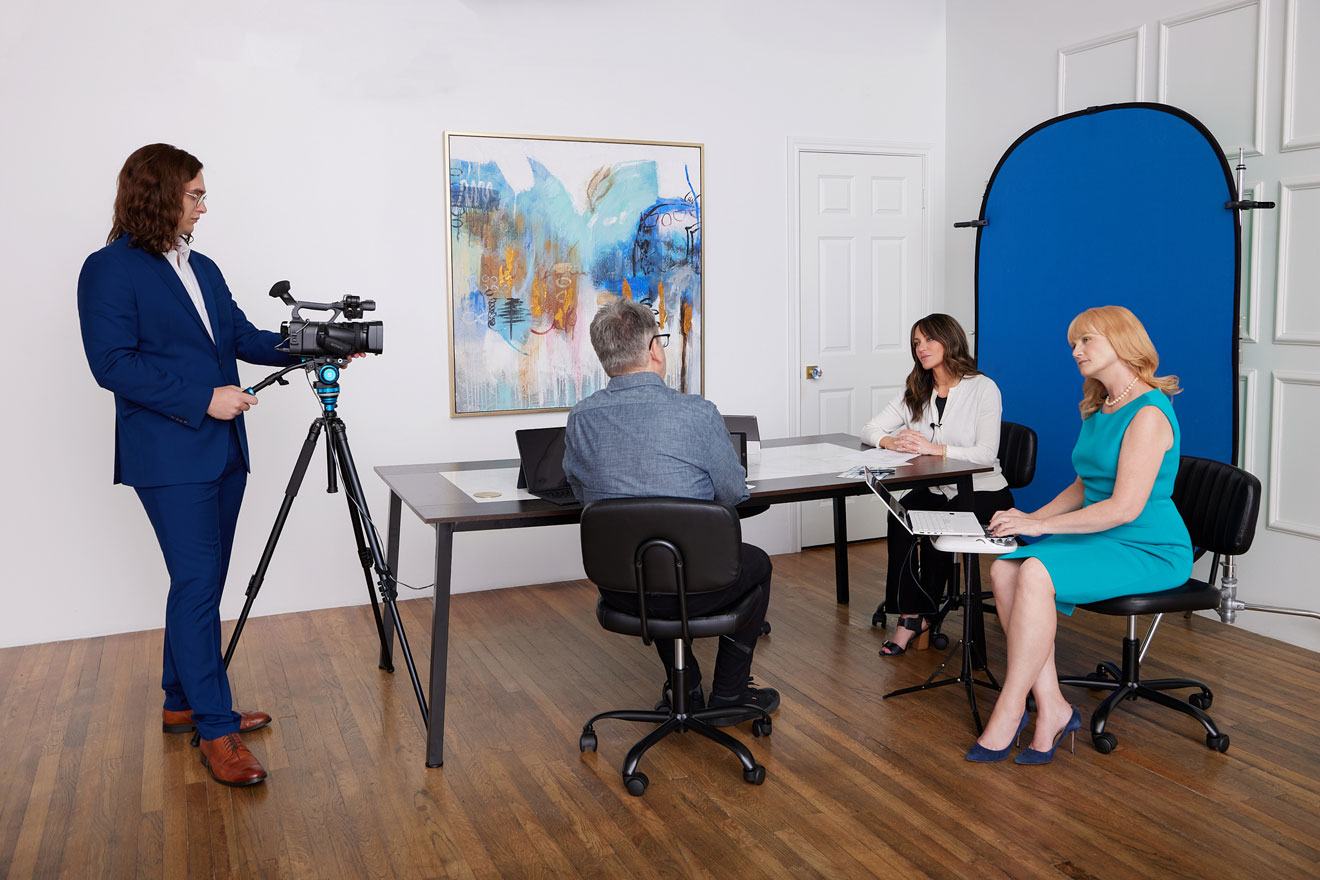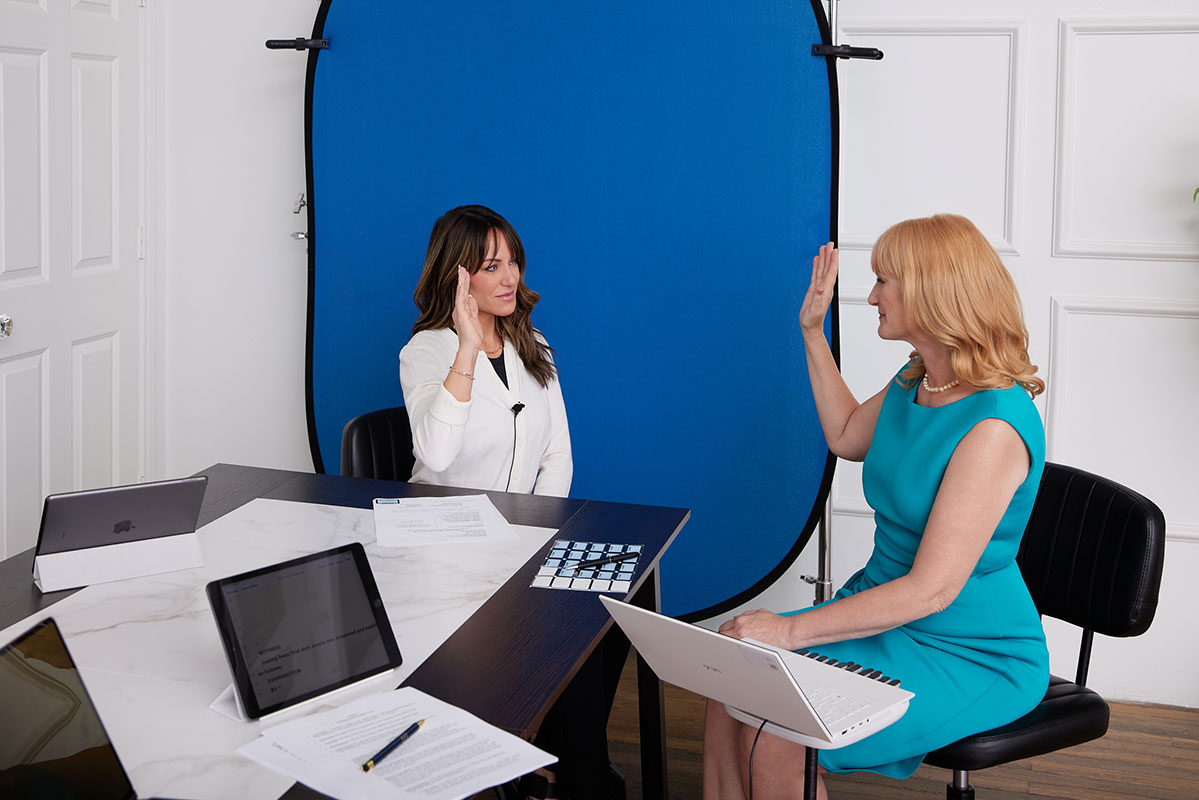Trial Support Consultants
Synchronized Video Services
Shauna Beach Company’s Trial Support Consultants can electronically synchronize videos with the transcript, which will reduce video testimony review time and make clip preparation for trial easier. Exhibits can also be embedded into the synchronized file for easy reference and retrieval. Synchronized video transcripts are delivered with software that allows you to search and review the video, create clips and export them to trial presentation programs, including TrialDirector, Sanction, OnCue, TrialPa,d and iTrial.
Video Editing
{Order Video Editing Services}
To help ensure a flawless courtroom presentation, we can edit your videos to create precise clips and clip groups, eliminating the need to manually fast forward. Simply provide us with the page and line numbers on our video editing form, and start and stop words, and we will create the exact clips needed. We offer quick turnaround time and support multiple video formats.
{Order video synchronization services}
Hot Seat Trial Technicians
Our battle-tested trial professionals have a proven track record of excellence in strategic trial preparation and presentation in almost every courtroom in Texas. They provide comprehensive trial services that will reduce the burden on litigation teams and improve case outcomes. Shauna Beach Company’s Trial technicians have experience with bench trials, jury trials, mock trials as well as arbitrations.
What are some of the things a Hot Seat Trial Technician can do for you at trial?
They create and organize a database of all exhibits (documents, videos, images)
They provide, set up and manage audio/visual equipment, including computers, projectors, and monitors.
They run presentations, display exhibits, and synchronize videos and transcripts during the trial.
They handle technical glitches and problems that may arise during the trial.
They work with the trial team to ensure that their presentations are effective and persuasive
A skilled hot seat operator can ensure that presentations are flawless and that evidence is displayed clearly and effectively.
They allow lawyers to focus on other aspects of the trial, like cross-examination and arguments, without having to worry about technology.
They can use technology to create engaging and persuasive presentations, including dynamic exhibits and on-the-fly annotations
They can quickly retrieve and display any piece of evidence needed during the trial
They have expertise in the latest technology and presentation software, allowing them to solve technical problems and ensure the best possible presentation.
Day in the Life
Shauna Beach Company’s Trial Support Consultants have over 40 years of experience in providing Day in the Life videos. Day in the Life videos aim to show a jury or an insurance adjustor the reality of an injured person's daily struggles and suffering. These videos provide a visual and emotional understanding of how an injury impacts a person's life, demonstrating their physical limitations, pain, and the changes in their daily routines. The purpose is to go beyond verbal descriptions and help jurors connect with the plaintiff's experience.
FAA Certified Drone Pilots
Our Drone pilots know how to get the steady long shots and tight close-in footage that shows a jury why the area or object they’re looking at matters.
In a car accident case, a drone could be flown over the roads the car traveled—and at its height and speed—to capture the most important narrative details so viewers would feel a part of that experience. A bird’s-eye view of traffic patterns, road hazards, and roadside objects gives jurors a better perspective on potential contributing factors to a motor vehicle accident.
Aerial images help juries visualize the spread of contaminants across property lines, while creating a sense of the space, scale, and uses of properties, large and small
In a personal injury case in which a worker fell from a high platform, it wouldn’t be feasible to use a handheld camera to capture that scenario, but a drone could do so from the eye level of that employee. The drone’s film could show, from the employee’s vantage point, the lack of safety precautions to prevent that fall. Using a single, continuous video clip, the film could also connect the viewers to the actual height of the environment by enabling them to follow the trajectory of the worker’s fall to the ground, giving the jurors a near-real-life experience when observing it.
A drone might be used to capture all sides of a building or a large piece of industrial equipment. That footage could help create a 3D model of the structure, or it could be turned into an interactive video that would allow a witness to identify various features of the structure that coincide with their testimony. Certain features could even be blown up into large images or overlaid with text.








